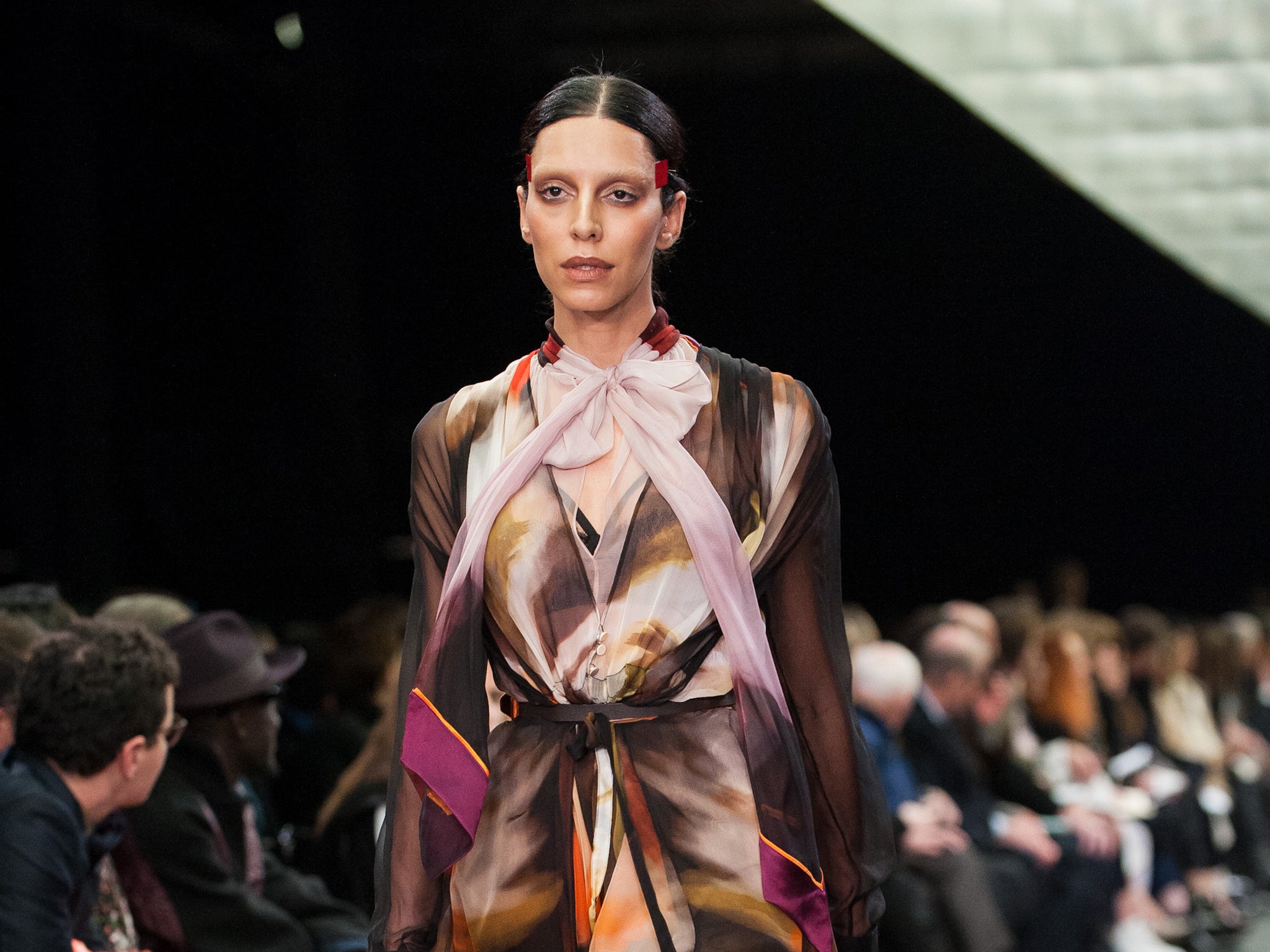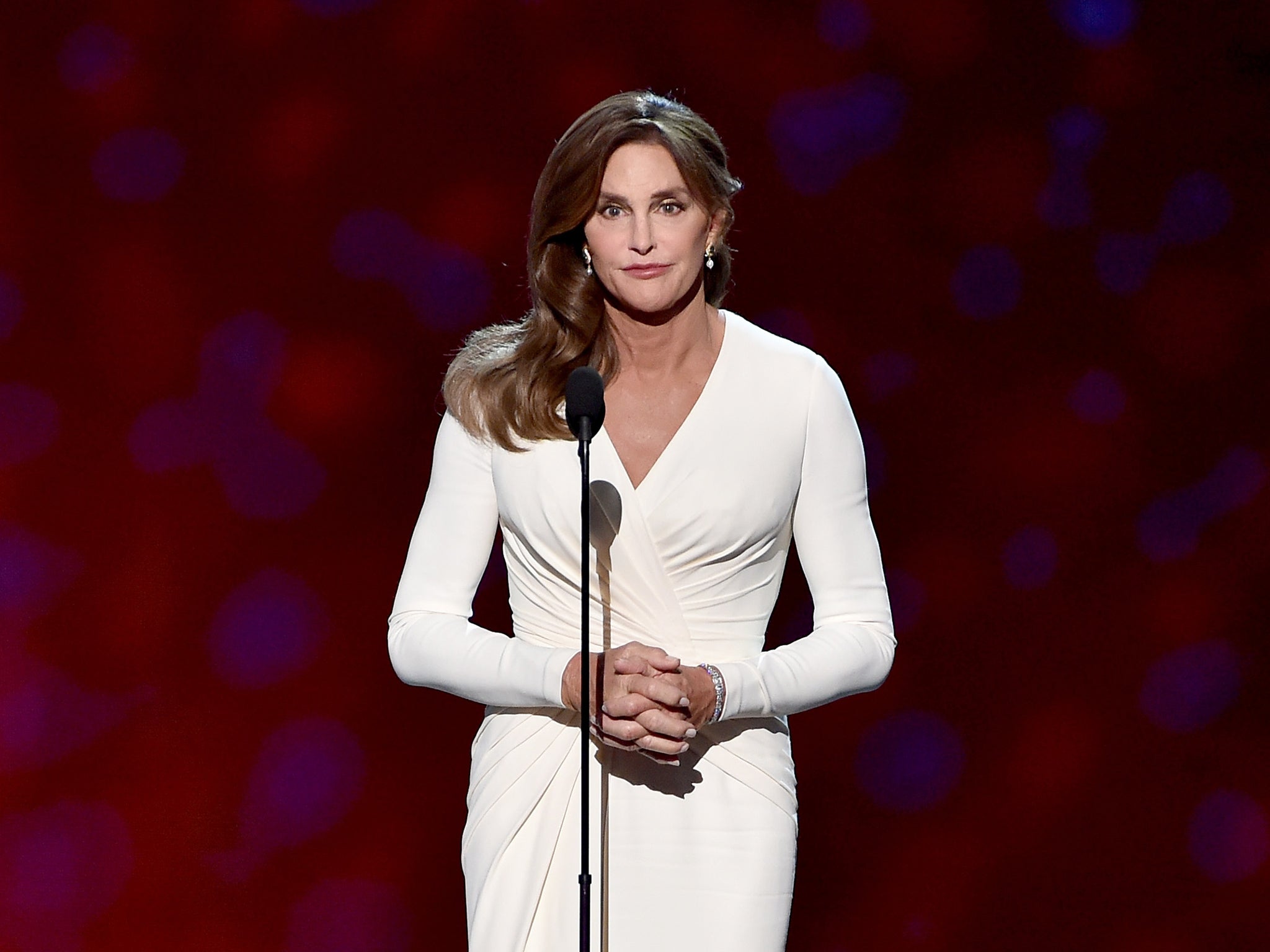Transgender style: How an all-accepting attitude in the fashion world is leading the way
Transgender issues are in the international spotlight like never before

It is fashion’s duty, to paraphrase Nina Simone, to reflect the times in which we live. There’s no doubt that’s true.
But sometimes, rather than simply hold up a mirror to society, the fashion industry is actually responsible for reshaping that reality. One way it does this is by breaking taboos and bringing marginalised ideas into the mainstream. Take, for example, the current visibility of transgender people, and discussion of transgender issues that is occupying general discourse. Yes, that’s a development reflected in the fashion world with unprecedented casting of transgender models. But that we’ve even got to this point is thanks in part to the pioneering work of visionary creatives.
Aesthetically, the blurring of the traditional lines between genders, and explorations of androgyny, are recurring themes in fashion and they’re rife on the catwalks once again. Gucci is currently putting a gender-neutral ethos, and to some extent cross-dressing, in the spotlight. New designer Alessandro Michele is dressing male models in womenswear, and vice versa. Since their unspoken strategy is that sex sells, letting him sell this ideal of sex is as revolutionary as his designs.
Meanwhile, the Agender project at Selfridges explored the gender gap earlier this year, selling clothing without labelling it as men’s or women’s in response to customers shopping across the gender divide. “We wanted it to be provocative – challenging ourselves, as well as engaging with conversations around the gender tipping-point,” says Linda Hewson, Selfridges creative director. It seems that, right now, and more than ever before, people are delving deeper into unisex aesthetics.
Lea T, a transgender model and muse to Riccardo Tisci of Givenchy, has been much in demand since the designer gave her her big break in 2010, when he cast her in his campaign in order to help fund her gender-affirming surgery. She then went on to lock lips with Kate Moss on the cover of Love magazine in spring 2011. So far, so ground-breaking.
But T’s most recent role has been arguably the most important . This year – as the face, and locks, of Redken hair colour – she became the first transgender model to front a campaign for a global beauty brand. Beauty campaigns are coveted by models because they are lucrative; and they’re lucrative because someone who spends their time surrounded by spread sheets thinks that they model they choose will help add another digit to the bottom line.
So, while it’s great to see transgender models on the catwalks or in style magazines, this could be dismissed as headline-grabbing. But when someone puts their money where their mouth is, and decides that this idea of beauty is the one they want to sell to women around the world, it validates their community in a very high profile way.
And with T’s beauty brand debut being followed closely by that of fellow transgender model Andreja Pejic, whose campaign for Make Up For Ever launched last month, we have further proof of the appetite for diverse depictions of beauty.
Before her transition earlier this year, the Serbian-born, Australian-raised model (then called Andrej) appeared on the catwalks of both men’s and women’s designers thanks to an androgynous aesthetic. Now the casting of transgender models is becoming almost routine. In this year’s spring/summer shows, models such as Juliana Huxtable and Hari Nef (a vocal advocate for trans visibility and rights) appeared in New York and Pejic made her post-transition debut in London. But just as important is the trickle-down effect, which brings catwalk ideas to brands that are more accessible.
Swedish label & Other Stories is building a reputation for exploring diversity in its fashion campaigns, and the latest is something of a landmark – created as it was by a team of transgender models and creatives. “The fashion world is embracing transgender models and we think that’s great. But we couldn’t help but ask ourselves how the traditional fashion gaze can change if we keep the same normative crew behind the camera,” explains Sara Hildén Bengtson, creative director of the brand.
It’s an important step in the right direction, believes Nef, who stars in the campaign alongside Valentijn de Hingh. “I was thrilled that I got to shoot next to Valentijn because we are such different body types,” she says.
“I think it’s important that people see there is not only one way to look trans, or one way for trans people to be beautiful. While an all-trans team on a campaign is what we need now, I would love to see a more casual and sustained employment of transgender fashion artists – models, photographers, stylists, make-up artists. There should be a mix.”

The campaign was shot in the brand’s Stockholm atelier by Amos Mac, the co-founder of trans male quarterly magazine Original Plumbing, who had wanted to photograph Nef for some time. “I can’t tell if this beautiful campaign is a step towards diversity in the industry because it is so pointedly trans, and I don’t know if that means it will inspire the higher-ups in the fashion industry to diversify who we see on magazine covers or who gets the jobs. What matters to me is, for even one young trans person to see this campaign, filled with the work of visible trans adults, and realise that their experience matters.”
Nef herself believes that, while we may currently be celebrating a chosen few, that’s too few altogether. However, she is keen to point out that the lives of most trans people are a world away from the glamorous existence of an in-demand model: “Increased trans visibility has coincided with an increase in violence against trans folk – especially trans women, and trans women of colour. Representations of trans people in the media can work to demystify and de-stigmatise the trans experience, but they can also work in the opposite direction.
“Trans issues will only stay in the limelight for so long, but the struggle for trans rights will outlast it by decades. So brands and artists that want to engage with the trans experience need to be thinking about why they are attracted to this issue in the first place. If it’s just about being trendy, then the work will just feel trendy.”
Or in the words of Caitlyn Jenner, who has been embraced by the fashion world since making her debut: “I’m not doing this to be interesting... I’m doing this to live.”
Join our commenting forum
Join thought-provoking conversations, follow other Independent readers and see their replies
Comments